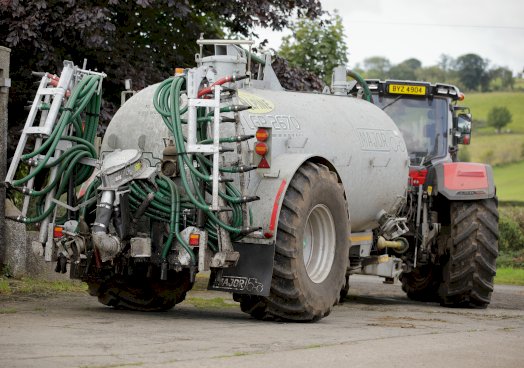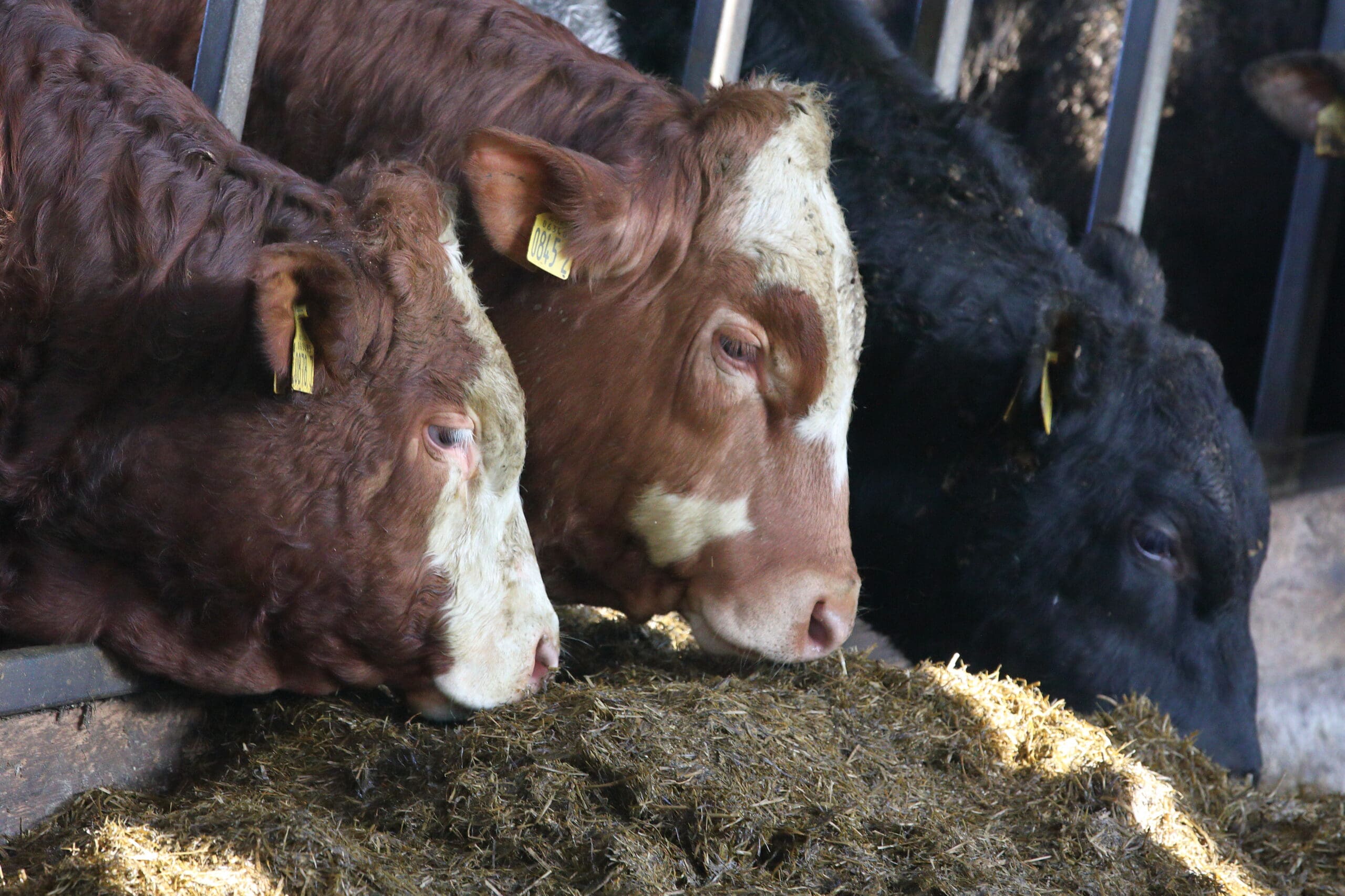
Commodity watch by UFU policy officer David McClure
Sheep producers throughout the country have been trading livestock with a high frequency over the last number of weeks. As is the case with any livestock movement between farms, this movement carries with it a risk of spreading disease. Sheep scab is by no means excluded from this risk and it is no coincidence that the majority of outbreaks are seen in the months immediately after this period of peak trading.
The occurrence of sheep scab, which is considered to be the most contagious endemic ectoparasitic disease affecting sheep and is a notifiable disease, has become much more common in recent years. It is critical that farmers are aware of the devastating effects that this condition can have on their flock. Flock owners need to give careful consideration in how to prevent scab entering their flocks and how to treat the disease properly.
In essence sheep scab is an allergic dermatitis caused by infestation of the skin surface by the scab mite. This mite is difficult to see with the naked eye making it challenging for purchasers of infected animals to identify that their new stock are already playing host to a potential nightmare which will soon unfold.
Intense itching and wool loss are among the earliest signs visible to the farmer. However, this sometimes only occurs months after the initial infestation. In the more advanced stages of infection, animals lose their ability to thrive, suffer weight loss and death may follow after a period of time.
To avoid scab spreading to clean livestock, the best practice is to employ quarantine for all incoming stock. All purchased animals should be housed or grazed separately from the main flock. This facilitates a period of careful monitoring, where a treatment option can be selected if required.
If you are in any doubt as to whether scab is present in your flock, consult with your veterinary surgeon immediately to confirm a diagnosis.
There are only a small range of treatment options available for treating sheep scab and producers must act responsibly to protect these limited methods. Essentially farmers can choose from using injectable ivermectin based products or plunge dipping with organophosphate (OP) products. It is critical that showers and jetters should not be used for the application of OP products, and to do so is in fact illegal. By choosing to ignore this and continuing to shower with OP, scab mites would be exposed to a sub-lethal dose which not only ineffectively treats but encourages the development of resistance. This is a risk which cannot be taken, given the limited number of treatment options that exist.
When treating via injectables, it is critical to weigh prior to administering the product. Under dosing will not only be ineffective but will accelerate resistance. All treatments should be administered strictly according to the manufacturers’ instructions at the correct site. Should you miss only one animal, it creates a huge risk as the animal could become infected and transmit it to the rest of the lock.
Plunge dipping, when the animal is fully submerged, is considered to be the most effective option especially for latter stages of infestation as submersion exposes all areas to treatment. Caution is needed when working with organophosphate based products. The sale and disposal of dip is subject to strict regulation. It is recommended to use contractors for this service who are fully trained in the utilising and disposal of organophosphates.




